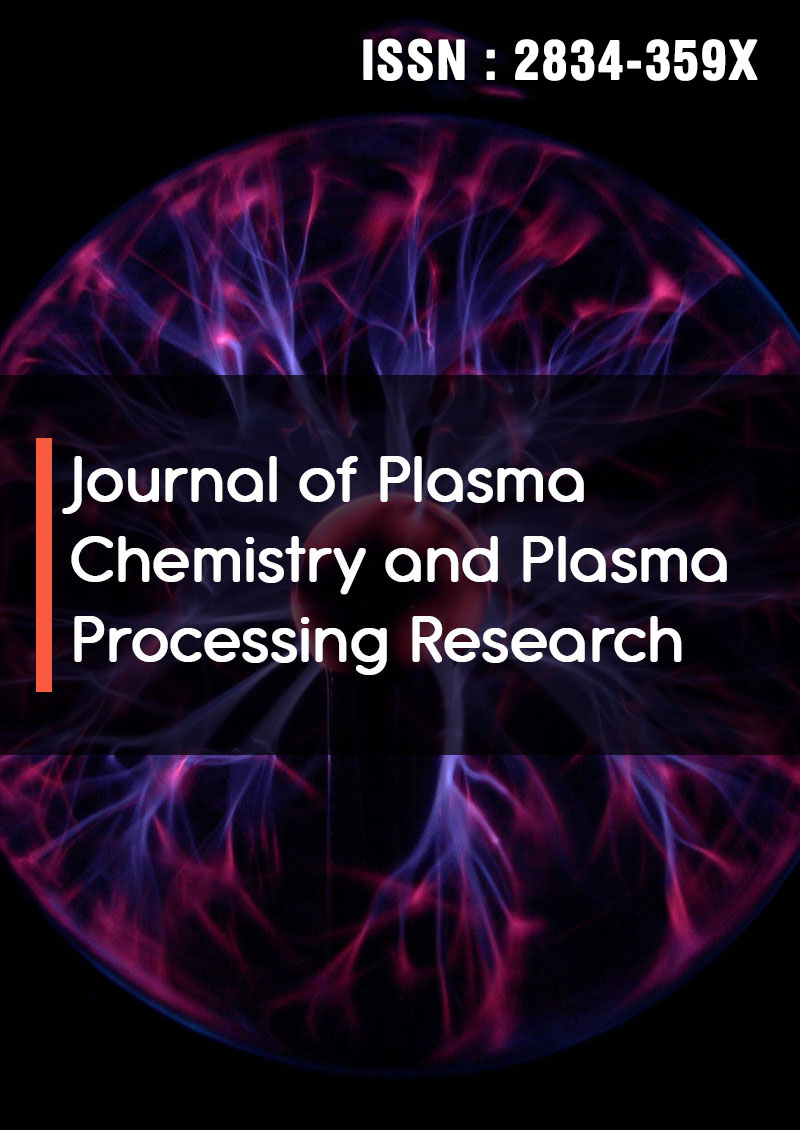The Generation of Positrons from Mega-STN and Function as an Alternative Energy Source
Abstract
Chang Bum, Lee & Ms Lee
Paul Dirac (1902-1984) theoretically predicted the existence of positrons for the first time in 1928, and Carl Anderson (1905-1991) found the positrons through cosmic ray observation experiments in 1932. Positrons are the antiparticle of electron, and their spin and mass are equal to electrons and they have the same electric charge but are different in sign. That is, their spin is ½ Fermion, their electric charge is base charge +e, and their mass is approximately 9.11×10−31 kg. Because positrons are the lightest particle with a positive charge, they have an infinite lifespan without collapsing into other particles. But if positron meets with another electron surrounding them, double extinction of positron and electron occurs, and positrons disappear with electrons, and then photons are generated. Because the earth has many electrons, double extinction occurs immediately in most cases even if positrons are created. There is gravity, electromagnetic force, weak interaction in the interaction of positrons, and the isotopes emitting positrons include carbon-11, nitrogen-13, oxygen-15, fluorine-18. For example, carbon- 11 turns into boron-11. These isotopes are used on positron emission tomography device. Electron capture is another way of decay that can occur competitively with positron emission, but the larger the difference of energy is, the higher the probability of decaying due to positron emission is. Researchers say that positrons are generated if there is collision between high energies by the interaction of positrons, but we think that this should be supplemented more. There is a hypothesis that positrons are generated when the unstable radioactive isotopes created during a supernova explosion collapse. It is inevitable that it will cost a lot of time and money when generating radioactive isotopes according to this hypothesis. This makes us try new methods about positrons emission breaking away from conventional fusion methods. Our new methods for generating positrons are to make artificially the fusion with micro/nanoparticles and isotopes emitting positrons and the interchangeability between them, and to create a great deal of heat energy by making micro/ nanoparticles collide into each other with using thermal energy and waves between micro/nanoparticles. We think that our new methods are the best way to generate high heat with a small energy source. To put our ideas into practice, we made a stainless steel rectangular plate using the combined materials of MEGA-STN, that is the new types fused with each of micro/nanoparticles and isotopes emitting positrons, and added MEGA-STN to materials of the existing stainless steel heater stick. We measured temperature changes depending on whether or not the materials are present and depending on the content of the materials, and checked even positrons emission in our study. We also measured the air quality and the amount of oxygen as well as humidity. Consequently, we found out obtaining high-temperature heat energy by investing less energy. The surface temperature of the existing stainless-steel heater stick did not exceed 320C when 3Kw electricity was supplied, but one of stainless- steel heater stick which is mixed with the materials of MEGA-STN was 1000C. Based on these results, we think that our MEGA-STN can be replaced as a heat energy source which is necessary for all industries using fossil fuel, nuclear power, sunlight generation, wind power and so on, and this can bring good synergy to climate and environment. We expect that our emitted positrons cause the changes of the amount of oxygen and air quality, affect plants and animals including ecological growth, and so make a big difference in human life.




